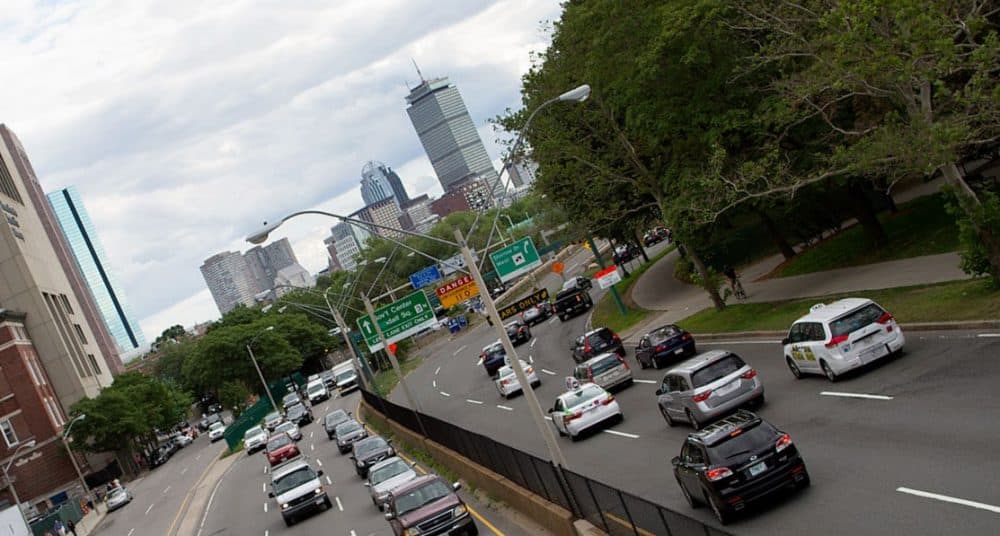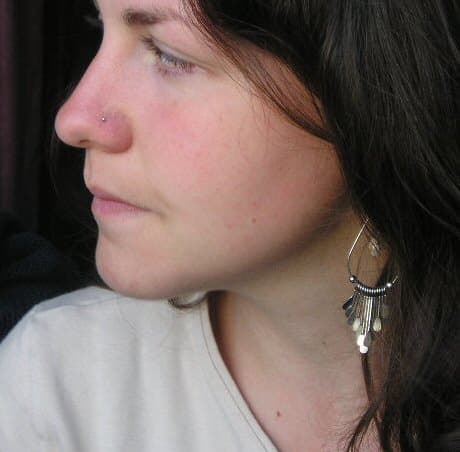Advertisement
The Worst Driving City In The Country Needs Driverless Cars

Anyone who has ever driven around Boston will be entirely unsurprised to learn that a recent study conducted by Allstate insurance determined that we’re the country’s worst drivers. Bostonians file more automobile insurance claims than anyone else in the country. Crash prevention expert Dan Strollo says it’s “a badge of honor” in Boston to tailgate or to refuse to use a blinker. Despite it being a dubious distinction, it’s a point of pride to drive like a Masshole.
Every time I return home to Michigan, where I learned to drive, from Boston, where I learned to drive like the people in the Allstate survey, I horrify my inner Midwesterner when I get behind the wheel. An aggressive left turn in front of oncoming traffic. Blowing through an “it wasn’t red when I started going through it” light. As Strollo points out, driving culture is contagious, and I caught the Boston virus. In Bean Town, road rage is an epidemic, spreading through the streets like the stomach flu in an elementary school. Navigating Boston’s road is a reliable cure for a good mood.
Anyone who has ever driven around Boston will be entirely unsurprised to learn that a recent study conducted by Allstate insurance determined that we’re the country’s worst drivers.
Could driverless cars be the answer? Proponents of them argue that they would be particularly beneficial for bicyclists and pedestrians, who need all the help they can get on Boston’s streets. I can’t count the number of times I’ve seen impatient drivers menace pedestrians who are crossing with a walk signal that happens to coincide with a green light. God forbid something slows up those pedestrians — someone with a cane or crutches risks his life by crossing the road.
I’ve been bike commuting in Boston for seven years. I’m often invisible to drivers who simply don’t register bikes as traffic. I’m routinely flipped off or cut off by drivers who think it’s a personal affront to them that cyclists have their own lane and can often move more quickly than cars. Once, an angry driver tailed and then threatened my boyfriend, also a bicyclist, because he wasn’t moving fast enough down a narrow street. Not coming home rattled or angry by a confrontation with a driver would affect the quality of life of countless residents.
Both the biggest problem and the greatest attribute of driverless cars is that they’re not susceptible to cultural conformity. A driverless car will never get angry when cut off. It might honk as a warning, but not as an expression of frustration. It won’t text or fiddle with the radio while navigating busy streets. The question is whether these safer “drivers” can be effectively integrated with the most dangerous ones.
In 2009, one of Google’s self-driving cars got stuck at a four-way stop. Unlike many drivers, it understood and adhered to the rules of the road when it came to taking turns, which was precisely the problem. The other drivers at the stop kept creeping forward, trying to gain purchase to net a few precious seconds. The self-driving car registered the constant movement and deduced that it wasn’t safe to go, rendering itself effectively paralyzed.
Developing artificial intelligence to drive a car is a tricky business. According to some experts, the biggest problem with a self-driving car is that it’s “too safe.” The car has to work in a human world in which it has to interact with, adjust to and compensate for human foibles. Google has been testing its self-driving cars on California’s roadways for years now, but California’s roads aren’t Boston’s roads.
If laws and traffic accidents haven’t changed our behavior, maybe a driverless car could.
What would happen to a self-driving car at a four-way stop in Boston? Can you imagine the line of people behind it, honking, flipping it off? It wouldn’t surprise me if someone gave it a little (or big) bump forward. But no matter how angry the human drivers would get, the driverless car wouldn’t respond until the other cars came to complete stops and let it go. Or, since we’re talking about Boston, driverless cars could incite epic levels of road rage and may share the fate of the poor hitchhiking robot.
But here’s the thing: No matter how angry human drivers might get, the driverless car wouldn’t respond in kind. It might well inflame things, albeit unintentionally, by abiding the letter of traffic law. But in the end, wouldn’t the human drivers have to adapt and follow the lead of lawful, self-driving cars?
We don’t want to create cars that share the tendencies of the country’s worst drivers, after all, and it may seem sensible to avoid mixing artificial intelligence with the human kind. But why not use the contagious nature of our driving culture to our advantage? Maybe a few driverless cars will be set on fire when they hold up traffic at four-way stops. After a while, though, perhaps they’d force Massholes to take a breath, calm down and use that extra second to turn on a blinker. If laws and traffic accidents haven’t changed our behavior, maybe a driverless car could. Even in Boston.
